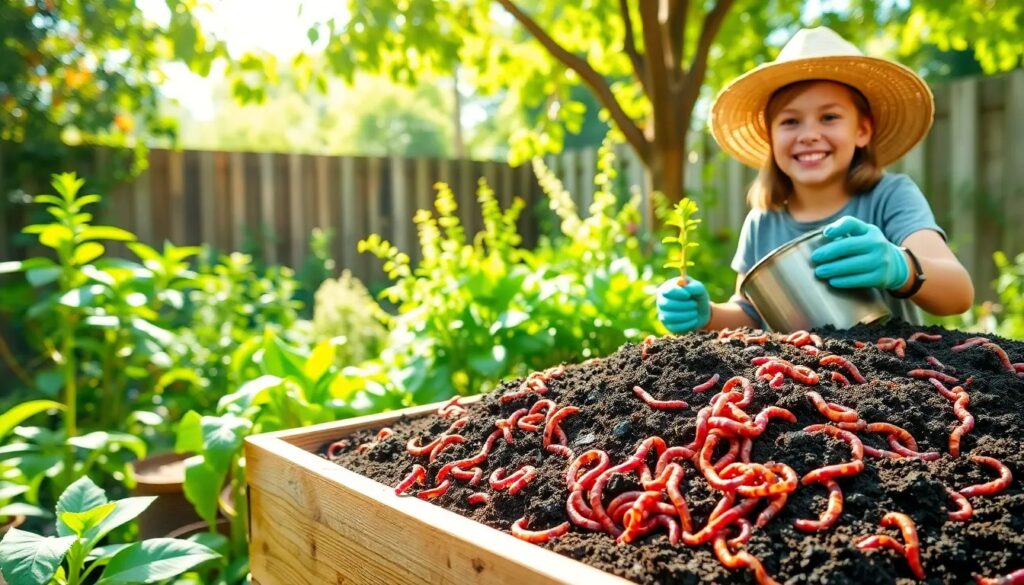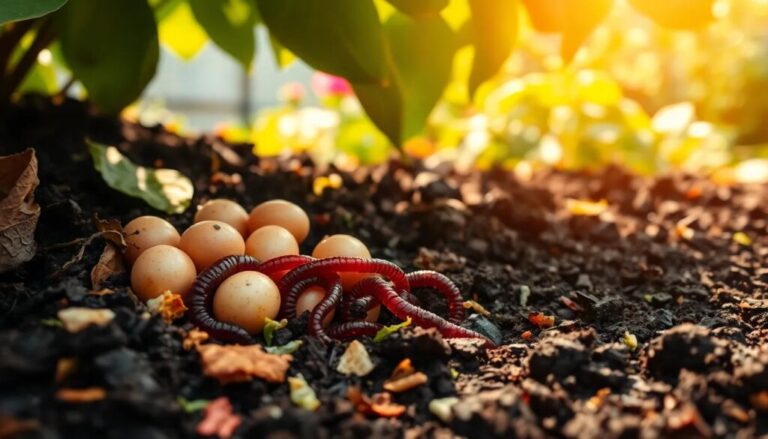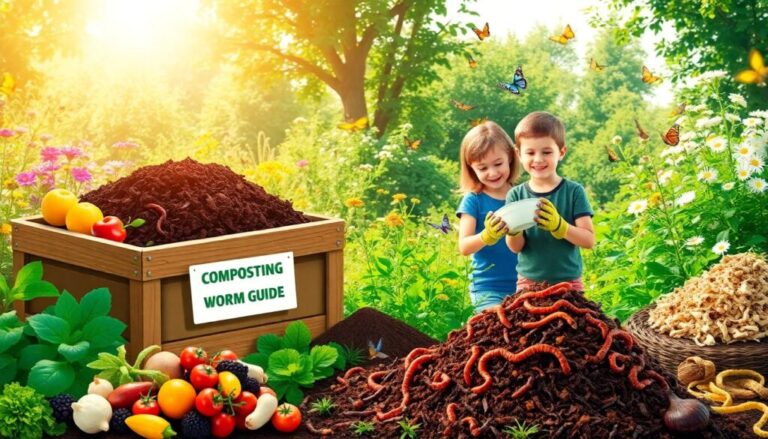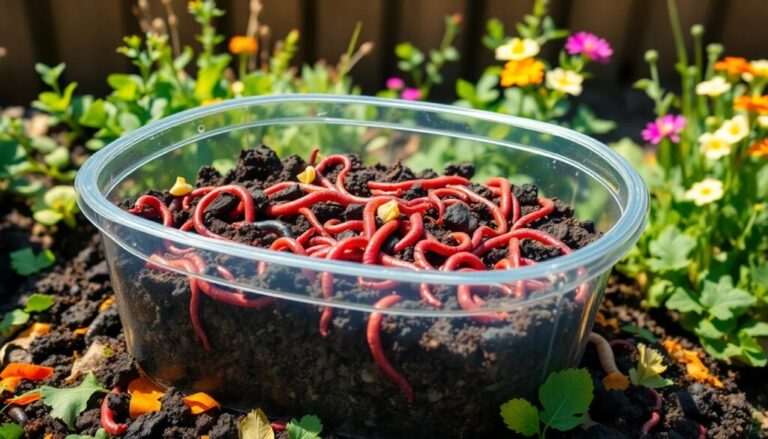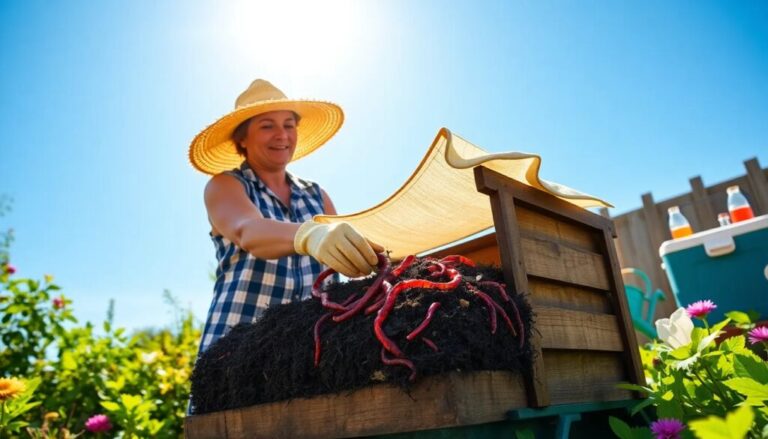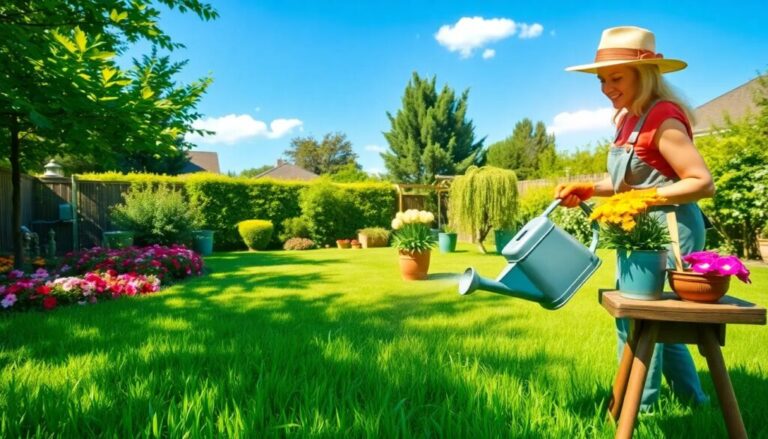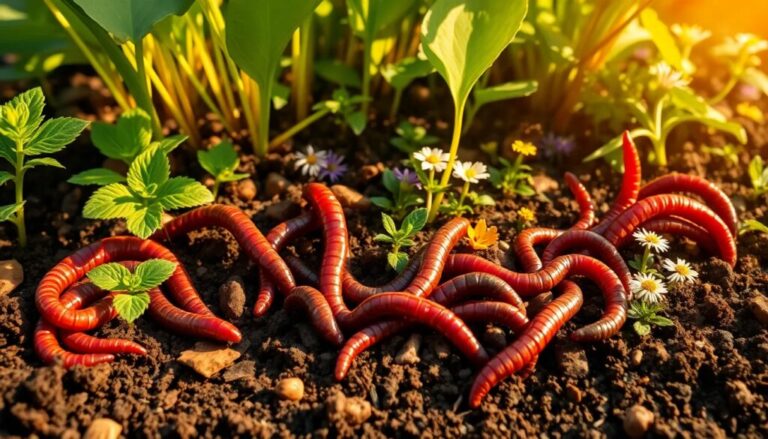Vermiculture 101: how to start a worm farm as a business or a hobby
Vermiculture is an increasingly popular practice that not only benefits the environment but also offers potential profitability. Whether you’re looking to start a worm farm as a hobby or a business, understanding the fundamentals is key to success. In this article, we will explore the essentials of starting a worm farm and discuss how to manage it effectively.
From selecting the right worm species to building a suitable worm bin, we’ll cover everything you need to know to embark on this rewarding journey. Let’s dive into the fascinating world of vermiculture and discover how to successfully start a worm farm for beginners.
How to start a worm bin the right way: vermicomposting 101
Starting a worm bin involves understanding the principles of vermicomposting. Vermicomposting is a method of composting that uses worms to break down organic waste into nutrient-rich fertilizer. The first step is to choose a suitable container that allows for drainage and aeration.
Using a plastic bin with holes drilled in the bottom is a great option. Make sure it’s large enough to accommodate your worm population and the amount of waste you plan to compost. Additionally, use bedding materials such as shredded newspaper, cardboard, or coconut coir to create a comfortable living environment for your worms.
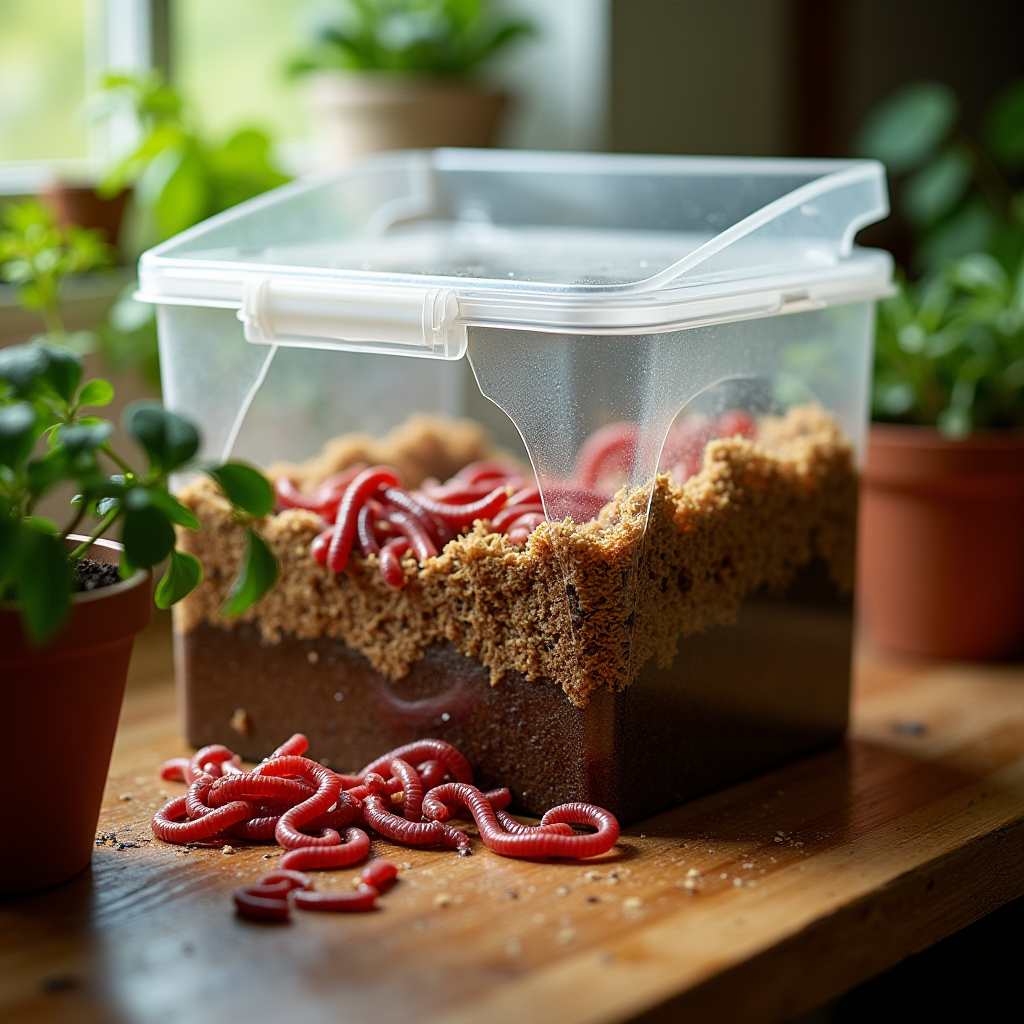
Next, add your worms and food scraps. Start with a small amount of food to prevent overfeeding. Red Wigglers and European Night Crawlers are excellent species for beginners due to their efficiency in composting. Remember to maintain moisture levels and monitor the temperature to ensure a thriving worm bin.
What is a worm farm?
A worm farm is a system designed to cultivate worms for composting organic waste. Essentially, it is a sustainable way to recycle food scraps and other organic materials. Worm castings, the end product of vermicomposting, serve as a powerful natural fertilizer for gardens and plants.
Worm farming can be done indoors or outdoors, depending on the space available. Indoor worm farms are ideal for small urban environments, while outdoor setups can accommodate larger operations. The flexibility of worm farming makes it accessible to anyone interested in sustainable agriculture.
In addition to compost production, worm farming can also include selling live worms for fishing or gardening, presenting additional revenue opportunities for enthusiasts.
How do you build a worm farm?
Building a worm farm requires careful planning and the right materials. Here’s a step-by-step guide to creating a worm bin:
- Choose a container: Select a plastic or wooden bin with drainage holes.
- Add bedding: Use materials like shredded paper, cardboard, or coconut coir.
- Introduce worms: Start with approximately a pound of worms for every square foot of bin surface.
- Feed your worms: Add food scraps in moderation, avoiding citrus and meat.
- Maintain moisture: Keep the bedding damp but not soggy.
- Monitor temperature: Aim for a temperature between 55°F and 77°F.
By following these steps, you can create a thriving ecosystem for your worms, leading to successful vermicomposting.
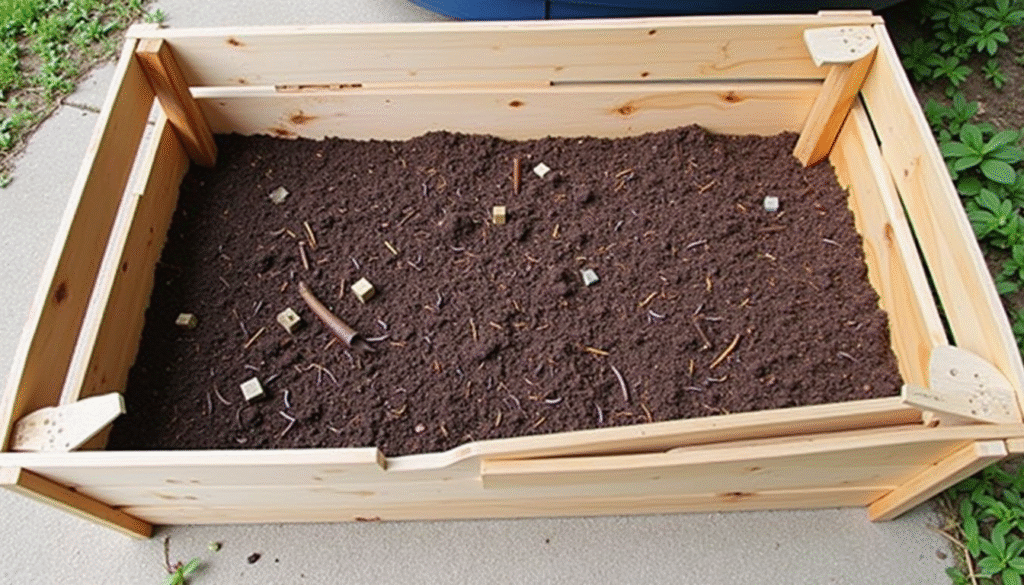
What are the best worm species for beginners?
For those new to worm farming, selecting the right species is crucial. The two most recommended species are Red Wigglers (Eisenia fetida) and European Night Crawlers (Eisenia hortensis). Both species excel in composting and are easy to care for.
Red Wigglers are particularly popular among beginners due to their ability to consume large quantities of organic waste quickly. They thrive in smaller spaces and can be kept in indoor bins. On the other hand, European Night Crawlers are larger and can tolerate cooler temperatures, making them suitable for outdoor farms.
When starting, it’s advisable to go for Red Wigglers, as they adapt well to various environments and produce high-quality worm castings, enhancing your composting success.
How to care for your worms?
Caring for your worms ensures a healthy and productive farm. Regularly check moisture levels in the bin; the bedding should feel like a damp sponge. If it’s too dry, add a little water; if it’s too wet, add dry bedding to absorb excess moisture.
Feeding your worms is essential, but it’s important not to overfeed them. Start with small amounts of food scraps and gradually increase as your worms adapt. Avoid adding dairy, meat, or oily foods, as they can attract pests and create odors.
Every few months, your worm bin will need to be harvested. Remove the top layer of bedding where the worms are most active and set it aside. Add fresh bedding and food in the bottom of the bin, allowing the remaining worms to migrate down. This will ensure your farm stays productive.
What are the benefits of vermicomposting?
Vermicomposting offers numerous environmental and economic benefits. Firstly, it significantly reduces organic waste sent to landfills, thereby minimizing greenhouse gas emissions. Organic waste composting is an eco-friendly strategy that supports sustainable agriculture.
Secondly, worm castings are a superb natural fertilizer. They enhance soil fertility and structure, promoting healthy plant growth. The nutrients found in worm castings are released slowly, ensuring plants receive nourishment over time.
Additionally, engaging in vermiculture can provide a source of income. Many people sell their compost and live worms, creating a profitable venture while contributing positively to the environment.
How to overcome common obstacles in worm farming?
While worm farming is generally straightforward, some challenges may arise. A common issue is odors, which can indicate overfeeding or insufficient aeration. To combat this, adjust the amount of food you add and ensure your bin has enough ventilation.
Pests can also be a problem, especially if food scraps are not managed properly. To avoid attracting unwanted insects, bury food scraps within the bedding. Maintain a clean environment by regularly checking for any signs of pests.
Temperature fluctuations can affect your worms’ well-being. If they are kept outdoors, consider providing shade or insulation to protect them from extreme temperatures. By staying vigilant and addressing these challenges promptly, you can enjoy a successful worm farming experience.
Questions related to starting a worm farm
Can raising earthworms be a profitable hobby?
Yes, cultivating earthworms can be a profitable hobby. Many people engage in worm farming to produce compost and sell it to gardeners or landscapers. There is a growing market for organic fertilizers, and worm castings are highly sought after due to their effectiveness and natural properties.
Additionally, live worms can be sold for fishing or gardening, providing another revenue stream. As you develop your skills and knowledge, you can easily turn this hobby into a sustainable business.
How much does it cost to start vermiculture?
Starting a worm farm doesn’t have to be expensive. Initial costs can range from $50 to a few hundred dollars, depending on the size of your operation and the materials you choose. Basic supplies include a worm bin, bedding materials, and the worms themselves.
For beginners, a simple plastic container or homemade wooden bin can minimize costs. As your farm expands, you might consider investing in more advanced equipment for larger-scale production. Overall, the startup costs are relatively low compared to the potential returns.
How to start a worm farm for beginners?
To begin a worm farm, start by selecting a suitable container for your worms. You will need bedding materials, food scraps, and the worms themselves. Follow a step-by-step guide to creating a worm bin for a successful setup.
Be sure to choose the right worm species and maintain proper care and conditions for them. As you gain experience, you can tweak your method for better efficiency and productivity.
How profitable is a worm farm?
The profitability of a worm farm can vary based on factors such as location, market demand, and production scale. A small home-based worm farm can generate a modest income, while larger operations can yield more significant profits.
By focusing on sustainable practices and high-quality worm castings, you can build a strong customer base. As the interest in organic gardening continues to grow, the potential for profitability in worm farming is promising.

